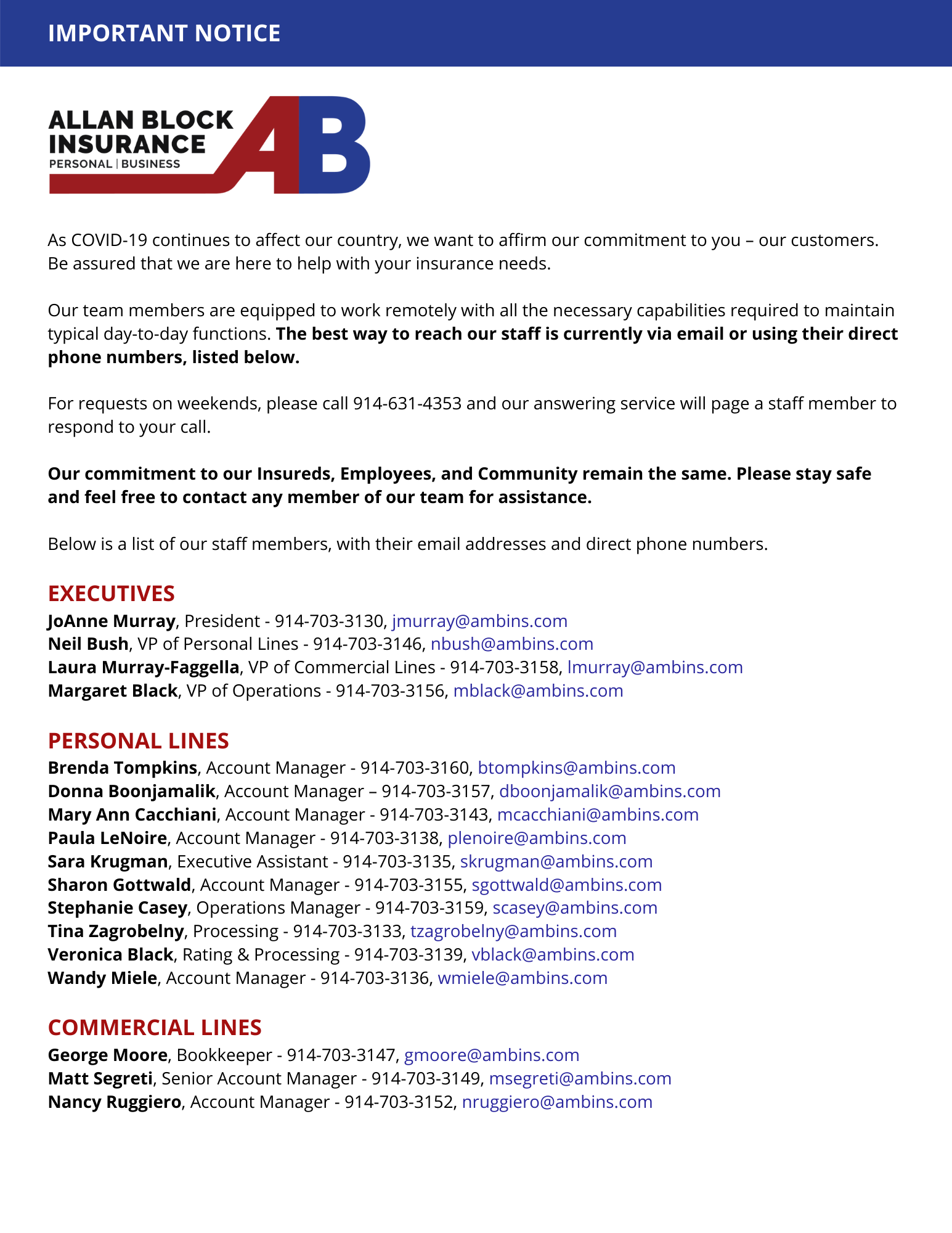A new survey has found that cyber risks have risen to become the number one concern among businesses, replacing the COVID-19 pandemic and business interruption as the top risks in 2022.
The second-most cited risk was business interruption and supply chain disruptions, followed by natural catastrophes, according to the “Allianz Risk Barometer 2022.”
The rankings follow a year that saw an explosion in cyber attacks, massive business interruption and supply chain disruptions that have left factories idle and store shelves bare, and record damage caused by natural catastrophes.
This annual survey provides perspective on the number and variety of threats businesses face, and which ones are causing the biggest headaches.
Here are the rankings of the top eight risk cited by risk managers in the Allianz survey:
1. Cyber risks – Ransomware has become the number one cyber exposure for business, according to the barometer, just ahead of data breaches. Cyber criminals have refined their business models and tactics, which has made it easier for them to carry out ransomware attacks.
Hackers have also started targeting technology and software supply chains, physical critical infrastructure or digital single points of failure.
2. Business interruption – The COVID-19 pandemic has caused the greatest global supply chain disruption in history, which in turn can lead to business interruption, particularly for manufacturers unable to secure much-needed parts. The supply chain has been disrupted by a number of factors, including pandemic-induced port closures in China, port congestion and factory closures.
The biggest supply chain concern is cyber attacks on infrastructure and on supply chain and logistics technology.
3. Natural catastrophes – In 2021, the U.S. experienced 20 separate billion-dollar weather and climate disasters, putting it in second place for the most disasters in a calendar year, behind the record 22 billion-dollar events in 2020.
4. COVID-19 pandemic – Pandemic risk dropped from the number two spot in the 2021 rankings as businesses have become more confident in their contingency plans and safety protocols.
“Many companies are taking advantage of the increased awareness of business interruption, and we have seen more organizations investing in tools and systems to improve transparency of supply chains, work through scenarios and update their business continuity,” said Philip Beblo, global property industry lead for Allianz.
5. Regulatory and legal changes – Under the Biden administration, there’s been an uptick in regulatory activity, including workplace safety standards for protecting workers against COVID-19 infection. There are also new state laws and regulations that require businesses to make operational and organizational changes to comply.
6. Climate change – The U.S. continues to see increases in the frequency and intensity of storms, wildfires and tornadoes, which are causing more expensive property damage, business interruption and insured losses.
“The risks to businesses from global warming are being experienced with increasing force and immediacy – as direct damage after extreme weather events, but also leading to tightening regulation, and as threats to brand and reputation,” said Line Hestvik, chief sustainability officer at Allianz.
7. Fires and explosions – Fires (excluding wildfires) and explosions caused in excess of $15 billion worth of damage globally between 2013 and 2018, according to an Allianz analysis of 470,000 insurance industry claims during the period.
Besides property damage, a major fire or explosion can prevent companies from operating for some time and such incidents are the most frequent drivers of business interruption insurance claims.
8. Shortage of skilled workers – Another issue that the pandemic has exacerbated is the skilled worker shortage. Nearly seven in 10 companies reported talent shortages – the highest in 15 years, according to a ManpowerGroup survey.
As the economy has reopened in the wake of business closures during the start of the pandemic, companies in most sectors have had trouble finding new staff and hanging on to valued employees as competition for talent is fierce.



